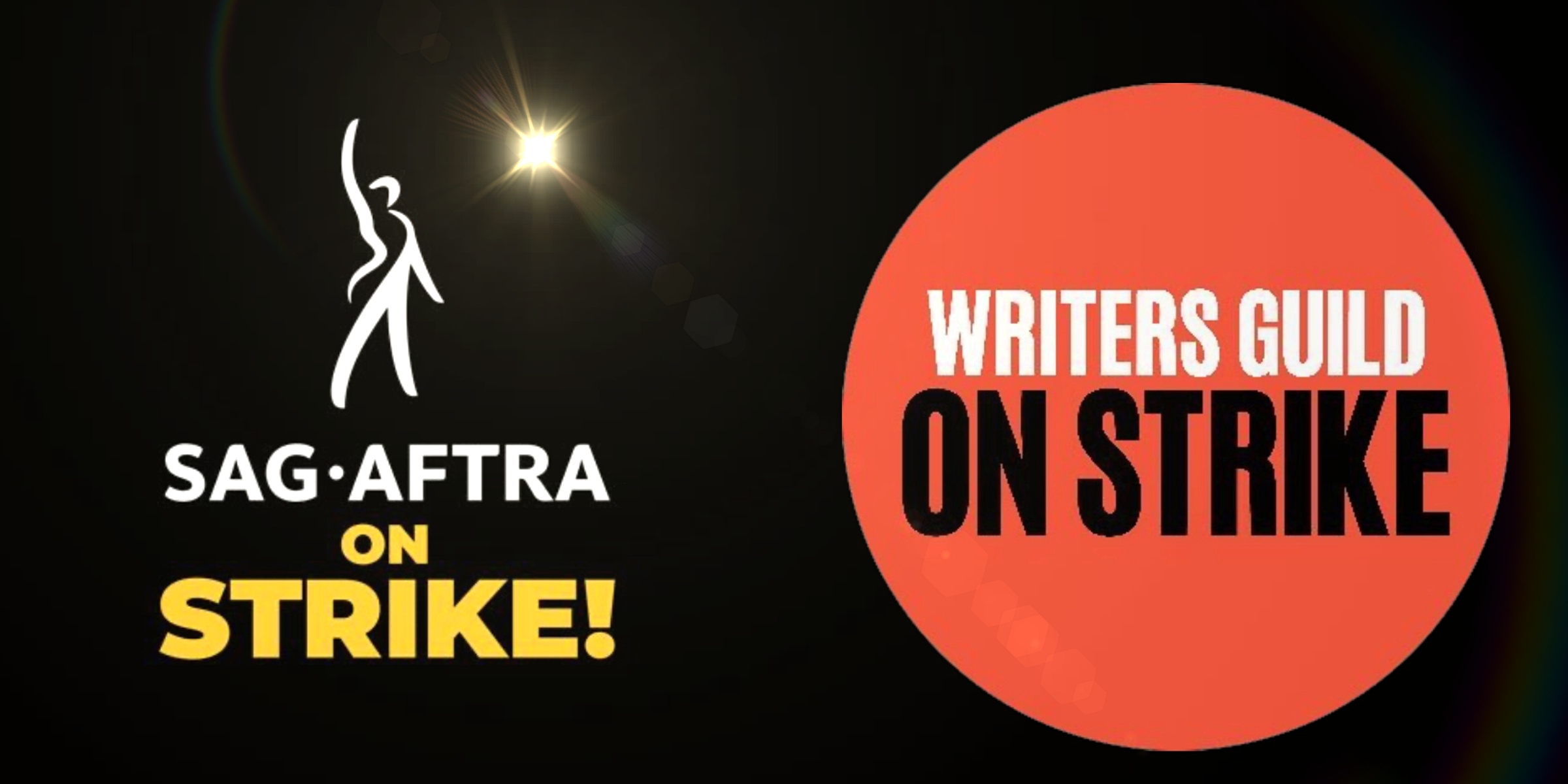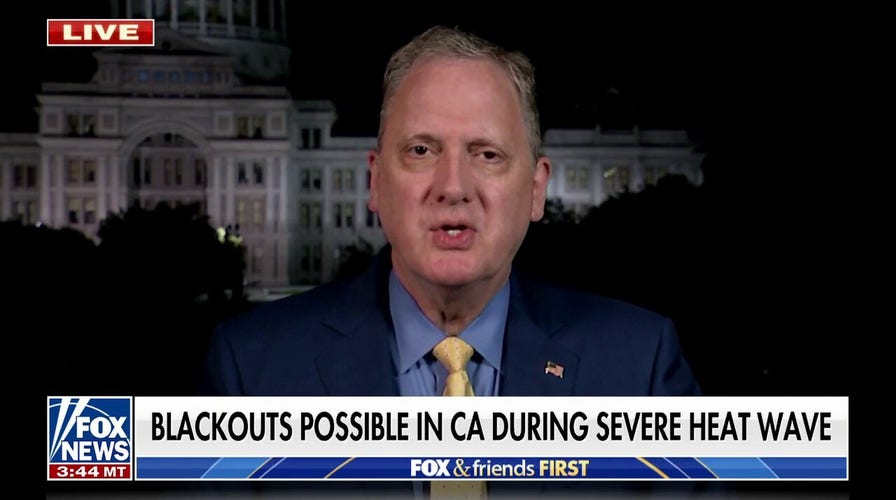WGA And SAG-AFTRA Strike: The Complete Impact On Hollywood Production

Table of Contents
Production Shutdowns and Delays
The strike has brought nearly all major film and television productions to a complete standstill. This unprecedented work stoppage represents a massive disruption, affecting numerous high-profile projects and smaller independent films alike. The ripple effect is felt across the entire production pipeline, from pre-production planning to post-production editing.
-
Major Projects Impacted: The strike has already significantly impacted shows like Stranger Things, House of the Dragon, The Mandalorian, and countless others. Many late-stage productions have been forced to halt filming, while others in early stages have been indefinitely postponed.
-
Financial Implications: The financial implications for studios and production companies are staggering. Delays lead to significant budget overruns, impacting profitability and potentially delaying release dates, affecting marketing strategies and box office projections.
-
Independent Filmmakers Hit Hard: Independent film productions and smaller studios are particularly vulnerable, often lacking the financial resources to withstand prolonged delays. Many smaller projects may be canceled entirely, hindering the diversity of voices and perspectives in the industry.
Impact on Streaming Services
The lack of new content is severely impacting streaming platforms. With productions grinding to a halt, streaming services face a critical challenge: maintaining subscriber numbers and avoiding revenue loss.
-
Subscriber Churn: The absence of fresh content could lead to increased subscriber churn as viewers seek entertainment elsewhere. This directly translates to a loss of revenue for already fiercely competitive platforms.
-
Programming Schedules Disrupted: Streaming services' meticulously planned release schedules have been thrown into disarray. Anticipated premieres and seasons are delayed indefinitely, impacting marketing campaigns and viewer anticipation.
-
Increased Reliance on Archives: To compensate for the lack of new content, streaming platforms are likely to rely more heavily on their existing libraries of films and shows, potentially leading to decreased engagement from subscribers seeking fresh programming.
Economic Ripple Effects Beyond Hollywood
The economic consequences of the WGA and SAG-AFTRA strike extend far beyond actors and writers. Numerous individuals and businesses across multiple sectors are experiencing the impact.
-
Job Losses Across the Industry: The strike has resulted in widespread job losses for crew members (camera operators, gaffers, sound technicians), caterers, transportation services, and other businesses that support film and television productions.
-
Impact on Local Economies: The economic impact is keenly felt in the local economies of cities and towns where major productions are typically based. Businesses reliant on the influx of spending from film crews are experiencing significant revenue loss.
-
Related Industries Affected: The ripple effect reaches even further, impacting related industries like tourism and hospitality, which often benefit from the presence of large film productions. The loss of revenue from film tourism is substantial.
-
Tax Revenue Loss: States that heavily rely on film production for tax revenue are facing significant financial losses as productions are put on hold.
The Negotiation Process and Key Demands
The strike is driven by critical issues, primarily concerning fair wages, residuals in the streaming era, and safeguards against the misuse of artificial intelligence.
-
Key Demands: The WGA and SAG-AFTRA are demanding fair wages that reflect the value of their work, particularly in the age of streaming. They also seek improved residuals, which are payments made to writers and actors when their work is shown on streaming services. Furthermore, both unions are pushing for protections against the use of AI to replace human actors and writers.
-
Negotiations with AMPTP: Negotiations between the unions and the Alliance of Motion Picture and Television Producers (AMPTP) are ongoing, though progress has been slow. The AMPTP's responses to the unions' demands have been met with criticism and disappointment.
-
Potential Solutions: Reaching a resolution requires addressing the core issues of fair compensation, residuals, and AI safeguards. Potential solutions involve exploring new models for compensating writers and actors in the streaming environment and establishing clear guidelines for the ethical use of AI in the industry. The potential for meaningful change is high, depending on the willingness of all parties to compromise.
-
Public Support: The strikes have garnered significant public support, highlighting the importance of fair labor practices within the entertainment industry.
The Role of AI in the Strike
The unions' concerns about AI are central to the strike. The use of AI in generating scripts or creating digital likenesses of actors poses a significant threat to employment and creative control for writers and actors.
-
Job Displacement Fears: Writers and actors are concerned about AI replacing their jobs, creating scripts or generating digital performances without human involvement.
-
Creative Control Concerns: The use of AI also raises concerns about creative control and ownership of intellectual property.
-
Potential Solutions: Addressing AI concerns requires establishing clear guidelines and regulations on its use. This may involve negotiating minimum standards for AI involvement, ensuring human oversight and creative input, and addressing issues of ownership and compensation.
Conclusion
The WGA and SAG-AFTRA strike has had a profound and wide-ranging impact on Hollywood production, resulting in widespread production halts, significant economic repercussions, and ongoing contentious negotiations. The key demands of the unions – fair wages, improved residuals in the streaming era, and protections against the misuse of AI – highlight crucial issues facing the entertainment industry. Understanding the complexities of the WGA and SAG-AFTRA strike is crucial for anyone interested in the future of film and television. Stay informed about the ongoing WGA and SAG-AFTRA strike and its implications for the future of Hollywood. Continue following the news for updates on this critical situation and its lasting impact on the entertainment industry.

Featured Posts
-
 Charlie Kirk Claims Gavin Newsoms Podcast Will Derail His Political Ambitions
Apr 26, 2025
Charlie Kirk Claims Gavin Newsoms Podcast Will Derail His Political Ambitions
Apr 26, 2025 -
 George Santos Seven Year Sentence Possible In Federal Fraud Charges
Apr 26, 2025
George Santos Seven Year Sentence Possible In Federal Fraud Charges
Apr 26, 2025 -
 The Trump Administrations Opposition To Europes Proposed Ai Rulebook
Apr 26, 2025
The Trump Administrations Opposition To Europes Proposed Ai Rulebook
Apr 26, 2025 -
 Unlock The Beauty Of Lente Learn The Language Of Spring
Apr 26, 2025
Unlock The Beauty Of Lente Learn The Language Of Spring
Apr 26, 2025 -
 Will Shedeur Sanders Be A Top 3 Nfl Draft Pick Analyzing The Giants Interest
Apr 26, 2025
Will Shedeur Sanders Be A Top 3 Nfl Draft Pick Analyzing The Giants Interest
Apr 26, 2025
